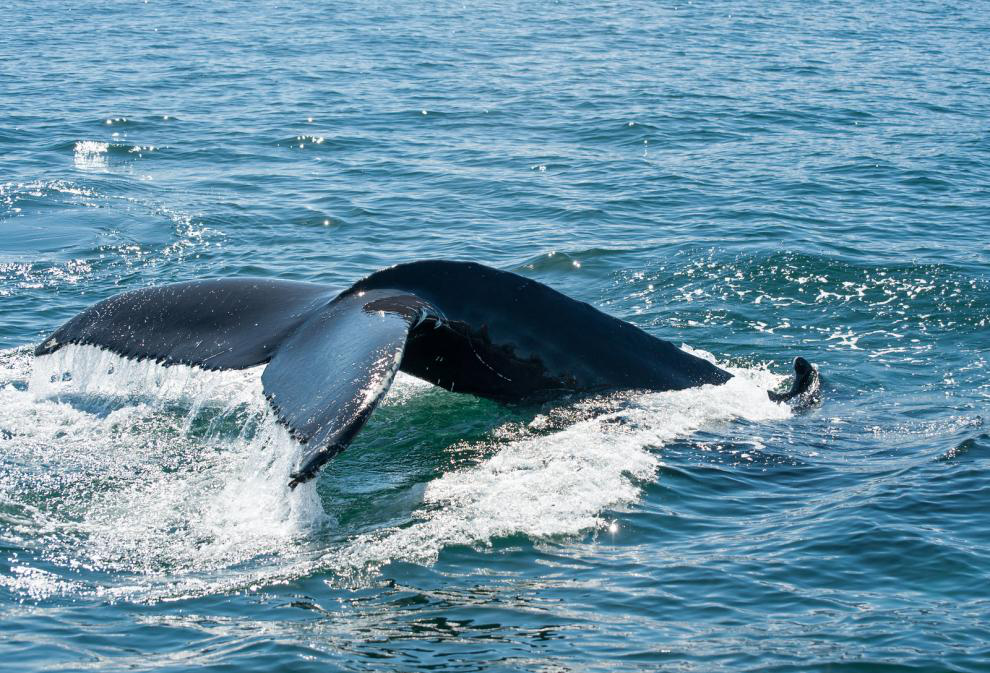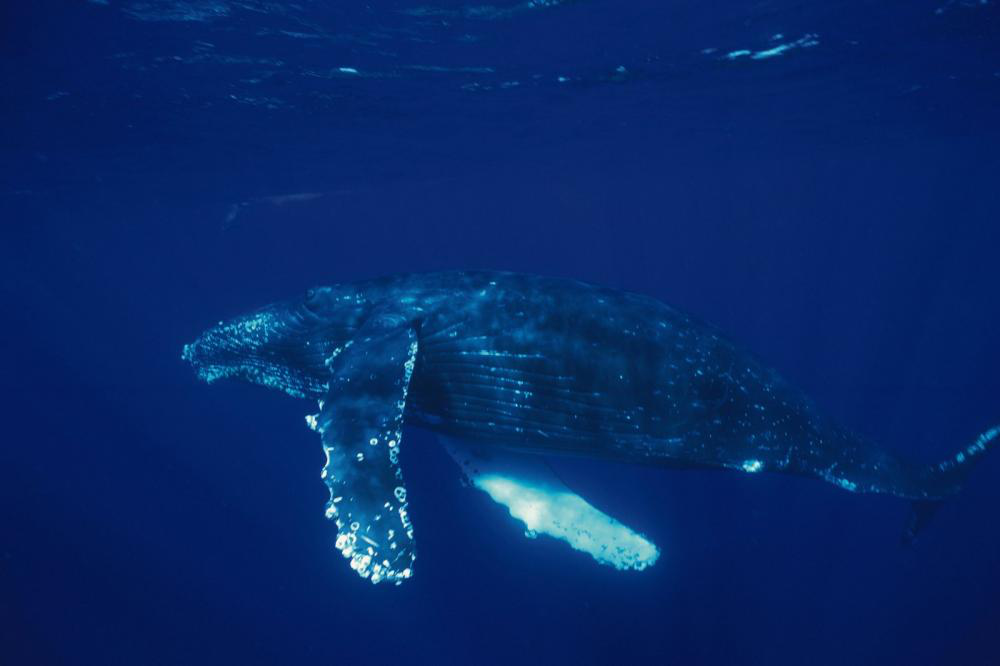Cabo San Lucas is known for its warm waters. It’s a popular tourist attraction for its whale sightings, yachting, food, rich culture, and nightlife. Those who visit Cabo must book a whale watching tour. It’s truly a magnificent sight to see. The winter and spring are ideal seasons to watch these giants in all their glory. The chances of sighting a whale in these warm waters are above other seas. There’s a 90% chance you get to see them in whale watching season!
A little background
You must be wondering why there are whale watching seasons in Cabo. Cabo San Lucas is located at the tip of the California Peninsula. Whales take the Pacific Ocean route when migrating to and from their feeding grounds in Alaska. They travel between Mexico and Alaska.
The amalgamation of the Pacific Ocean and Sea of Cortex creates the perfect place to sight whales. December is one of the hottest months for whale watching in Cabo. You get to see these mammals in their natural habitat. December to April is the recorded months for the most whale sightings since it lies in the migration period of these magnificent creatures.
The Sea of Cortex is the richest known body of water. It is known to hold 900 species of fish and 32 species of marine mammals.
Here are some of the whales that can be sighted in Cabo:
Humpback Whales

Humpback whales are the most sought after whales when it comes to whale watching. They are either black or dark grey in color with white spots on their stomach. They also have two blowholes on the top of their heads so be prepared for some big splashes!
Cabo San Lucas gives tourists the perfect view of these whales. You can visit the area and book a trip for studying the species or just for a memorable experience. Humpbacks are also the most commonly found whale in winters. These whales have a reputation for being curious. They approach boats or swim near it.
Gray Whales
These whales take on a mottled grey look. Their surface is often covered in parasites, living organisms, scars, scratches, and what not. These textures give it its crusty appearance.
97% of gray whales travel to Cabo San Lucas every winter. They are second in line of most sighted whales in the area.
Blue Whales

These whales are known for their distinct U-shaped head. They appear blue under water but are actually also a mottled blue-gray. Their bellies are white and can become yellow due to algae. Blue whales are the largest of the species. Being that large, they aren’t the easiest to spot. They are spotted while migrating to Loreto.
Sperm Whales
They are known for their squared-off head and are brownish gray with white marks on their lower jaw. Sperm whales can be spotted in Cabo on calm days. They are rare to spot since they are the farthest from shore than the other species. They hunt in deep waters. These whales can be seen in small groups of females and their calves.
Killer Whales
These mammals are black and white with a gray mark on their dorsal fin. They are quite active in the waters of Cabo, increasing your chances of spotting them. They don’t follow the migration patterns like other whales. They travel for the purpose of finding food.
Be part of Cabo whale watching season this winter. You can book private whale watching charters with Cabo Yacht world. We also provide luxury charters with the very best amenities. Book a yacht today!
